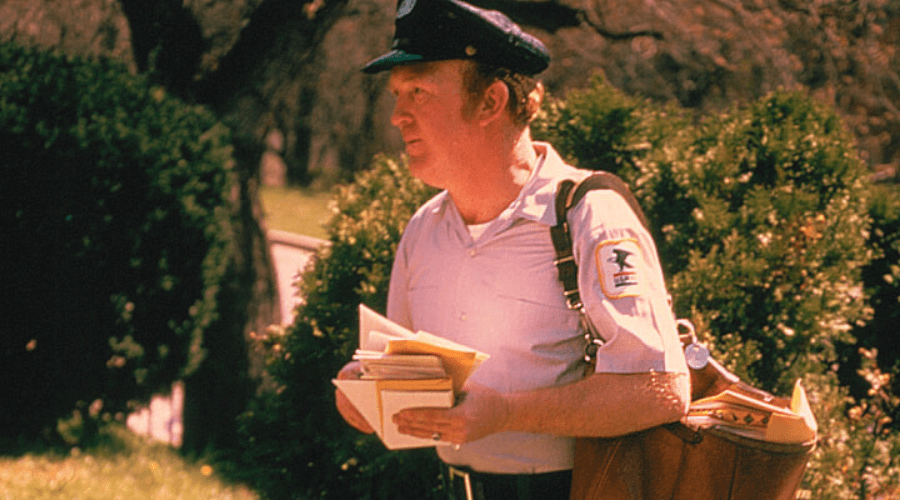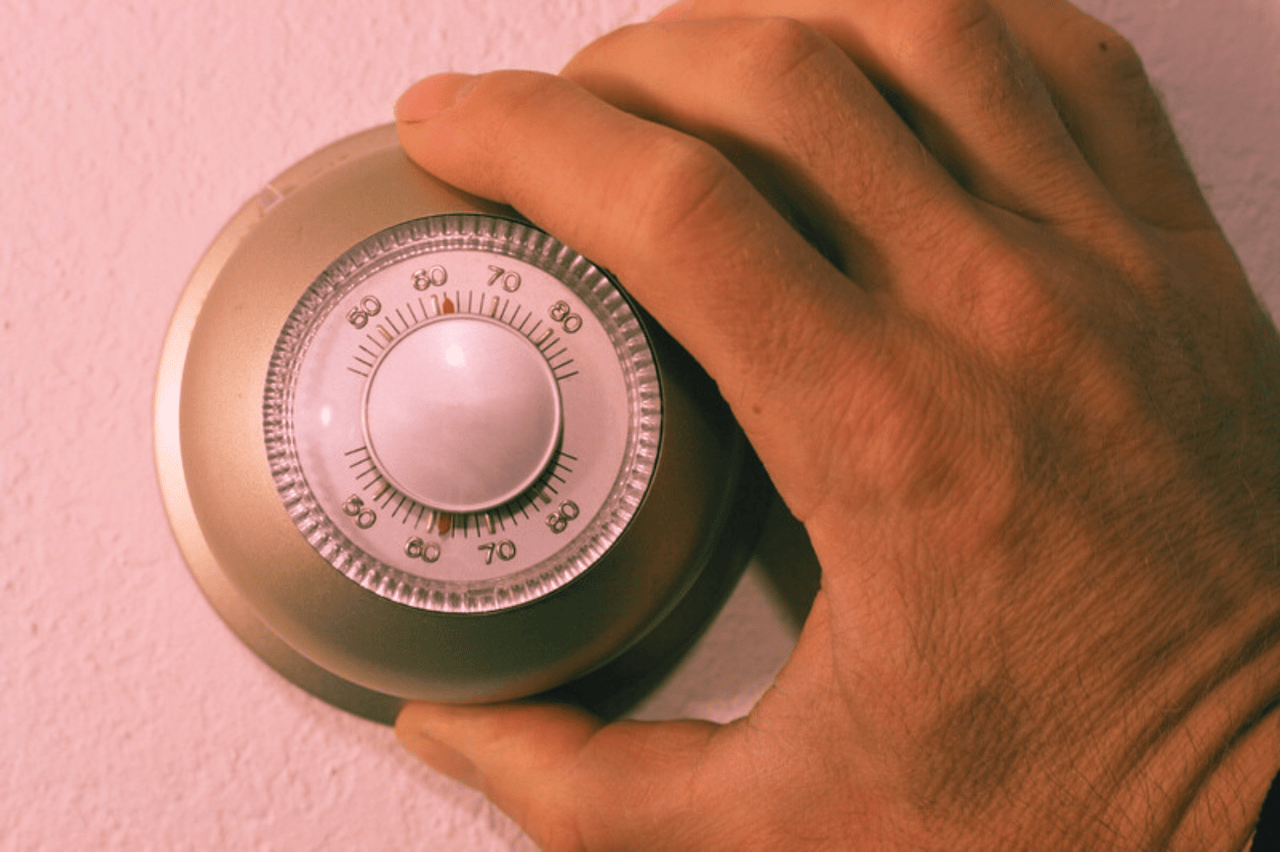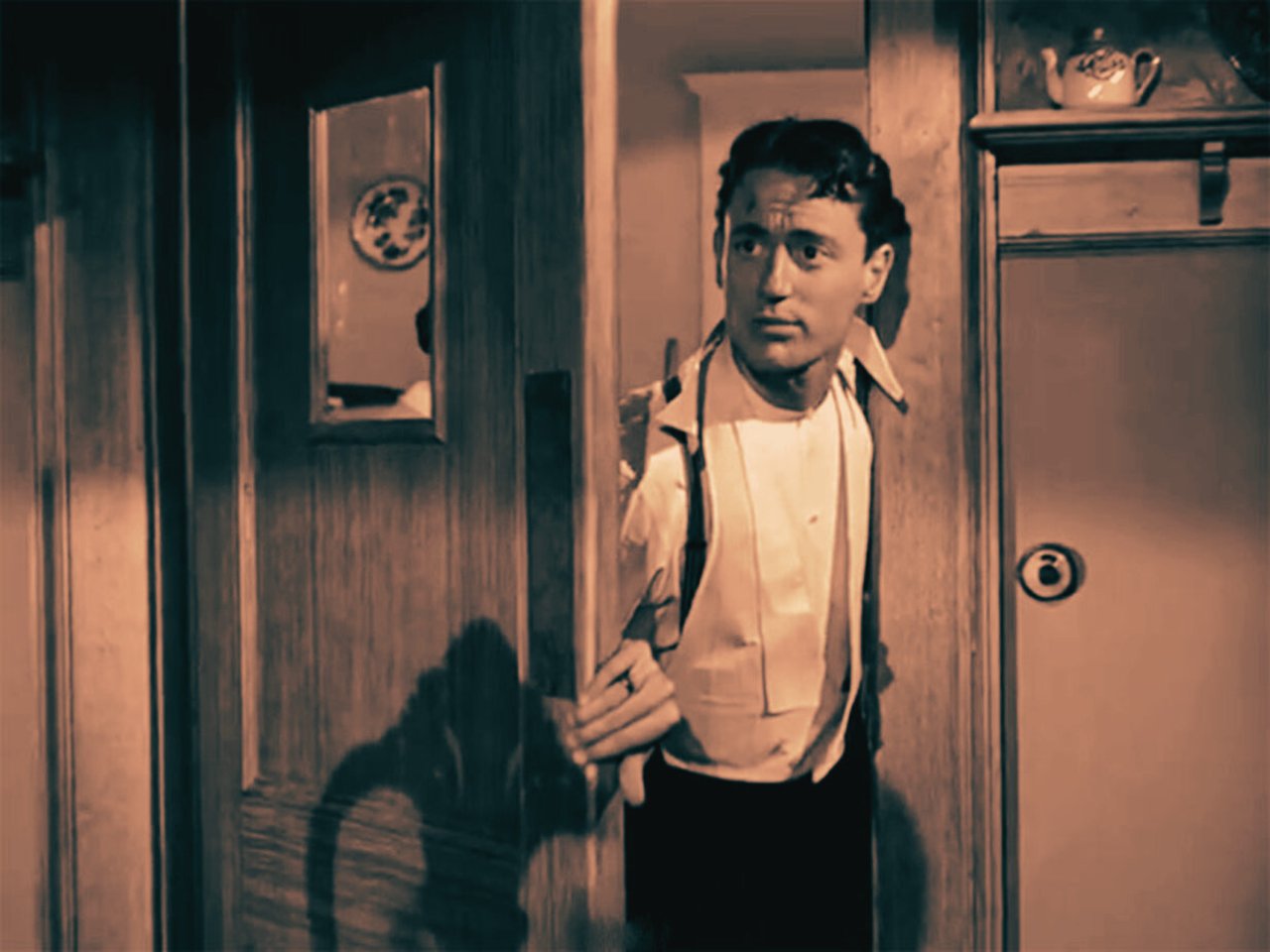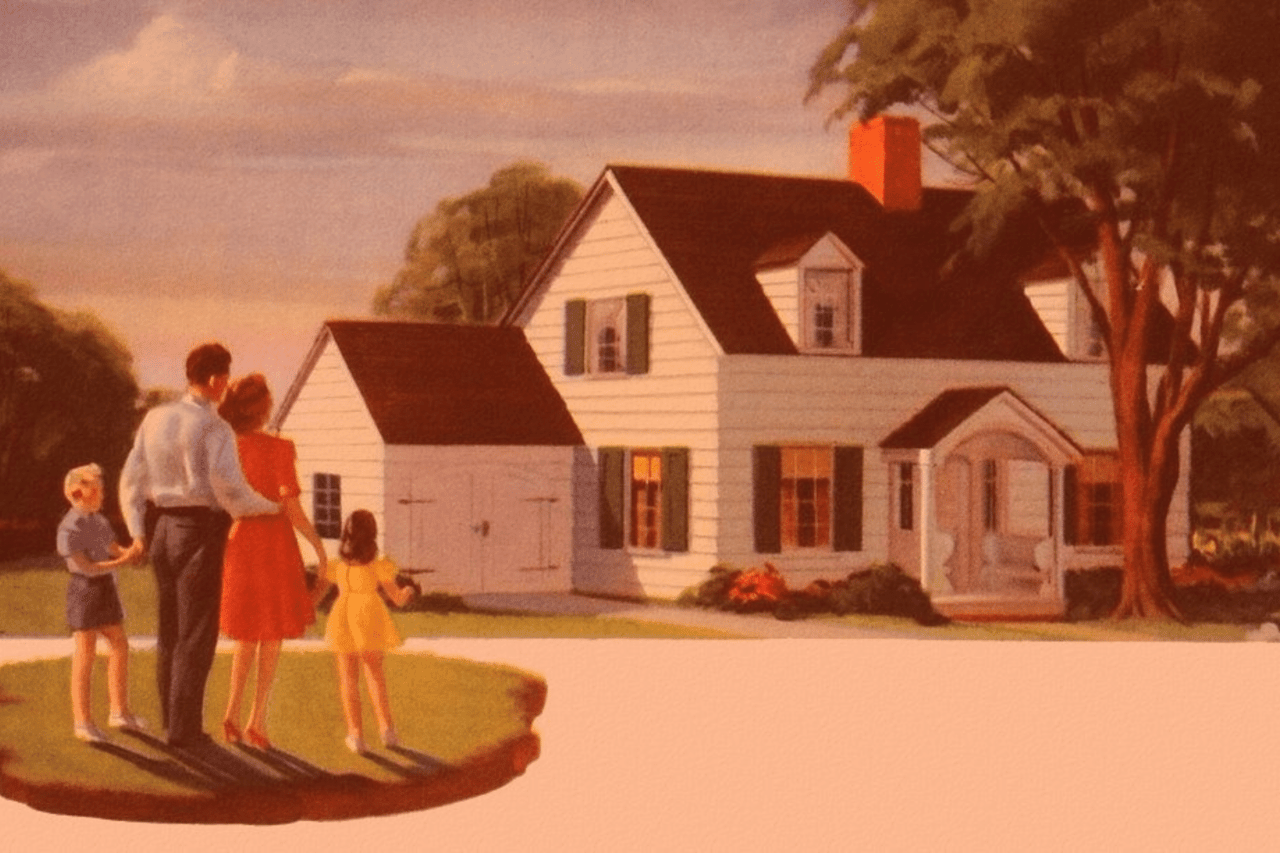How To Buy A Second Home: Everything You Need To Know
Jason O'Neil | December 16, 2022
Buyers

Jason O'Neil | December 16, 2022
Buyers

Maybe you’re spending more time than usual at that quaint beach town you grew up going to as a kid.
Maybe your family loves having the holidays and winter months in the mountains where they can ski and spend hours in blankets of white snow.
Maybe you’re tired of staying in hotels and paying overpriced bills for all those extra charges you incur during those spring stays at the resort.
If those thoughts or anything similar has ever crossed your mind, maybe it’s time to buy a second home.
I’ve had plenty of clients come to me with this idea asking how to make it happen and I’ve happily walked them through the process.
In the last two years, thanks to this global pandemic that made everyone realize you can still make money without having to be in an office every day, people have been drilling me with this question now more than ever.
So I decided to address it here in the hopes that you can answer the question for yourself: “is it time to buy a second home?”
Let’s get into it…
Like any big purchase, there are a few things you should do before pulling the trigger on that second home. The first of them is to ask yourself, “what is the purpose of this second home?”
People purchase second homes for a slew of reasons, but usually, it falls under one of these three categories: vacation, secondary, or investment. Each one is different and depending on the category you choose, the home’s price, location, and features can be impacted pretty significantly.
Let’s talk about each one really quickly.
If you’re taking the same vacations to the same destinations every single year, a vacation home could be the perfect second home for you. Instead of forking over the cost to stay at hotels and Airbnb multiple times a year, a second vacation home serves as both a short-term and long-term investment.
In the short term, vacation homes can provide a consistent place to get away, while also making it personal to your needs. It becomes the go-to spot for rest and relaxation, untouched by anyone else but you. In the long-term vacation homes are an investment that can yield a positive return, especially if you’re in a hot market. Just like any other property, this second home has the potential to appreciate in value over the course of time, even as you use it personally. This property also becomes a foundational part of your vacation lifestyle, ensuring that the costs stay consistent year after year.
One thing to note about vacation homes is that they usually incur a heftier interest rate and tighter loan requirements as lenders want to ensure that the payment is not defaulted on.
Don’t get this confused with the term second home, which is simply the idea of owning two different properties. A secondary residence is a place you reside part-time in tandem with your primary residence. Often these residences are owned by people who spent a lot of time traveling for work or living in one location for six months of the year and six for another.
This is less of the “vacation/getaway” type of individual and more of the “traveling worker” or “seasonal resident”. These properties work just like any other home where buyers can apply for jumbo loans or conventional loans the same way they would for a primary residence, and pay a mortgage. The major difference will be the sales cost plus the varying state and local tax.
These are properties that people flip, sell, or rent. For the sake of simplicity, the second homes we’re talking about here are most likely going to be for sale or rent. Flipping is possible but requires significant investment upfront and a positive market trend if you want to see a return on investment.
Second homes can act as investment properties, especially if you’re willing to put some extra money down to make improvements to the property and maintain it well over time. Whether you’re renting or selling later down the line, investment properties need to be treated with special attention upfront as they have different requirements when it comes to loans.
If you plan on renting more than 14 days out of the year, you cannot apply for a jumbo loan. Similarly, you can only do conventional loans (no government loans) if you are renting the property for 6 months out of the year. Again, because this is a second home, the interest rate and down payment will likely be higher.
With all that said, let’s look at how to make this second home a reality.
Everyone has to go apply for a mortgage. This first step is crucial as you want to have a clear idea in your head of how much you can spend and where your budget gets maxed out. The last thing you want is to start looking and fall in love with something you cannot afford.
This process is also important because most lenders will not give pre-qualification to people applying for a second home—they want to verify their assets are legitimate. Pre-approval will help avoid any hiccups in the purchasing process and get you closer to your second home faster.
If you’re reading this, you probably have an idea of where you want to buy this second home, but now it’s time to talk about the dirty details.
How much can you spend? What town do you want to live in specifically? Is there a particular neighborhood you want to be in? What square footage are you looking for? How many bedrooms and bathrooms do you need? Are there any amenities or features that are non-negotiable?
These are important questions that will narrow down your market and help point you in the direction of the right real estate agent.
Finding the right real estate agent is another critical component to making this second home a reality. I’ve talked about this before, but here’s my best advice when it comes to shopping for a real estate agent:
Go local.
Local agents know more than the average bear or in this case big firm agents and can give you insights you wouldn’t receive anywhere else.
Yeah, you might save yourself a few bucks by working with one of the big real estate firms, but you’re missing out on potential opportunities and connections that can only come from a local agent and their resources.
This is where you make the big decision.
Remember a few things when walking through the difference you decide to view: picture your day-to-day within the walls of the home. Do you see yourself enjoying vacation time there regularly? Is this a place you can come seasonally and live in for half a year?
Whatever intentions you have for this second home, make sure that you are aware of them through the process of viewing so that when the right property does come up, it’s so obvious all you have to do is say yes.
I tell all my clients whether it's their first home, 10th home, or second vacation home: pay for it.
When I say pay for it, I mean really pay for the property!
In today’s market, there are too many buyers out there trying to “catch a deal” when the reality is that they don’t want a deal, they want to feel like they won. The second home real estate market is not a matter of winning and losing, it’s a matter of paying for what you want.
If you want to live on a Florida beach with oceanfront views, you’re going to pay for it.
If you want to live at a 6,000 ft elevation in Lake Tahoe, you’re going to pay for it.
The people who win home-buying situations are the people who put an offer on the table that sellers cannot refuse and most sellers cannot refuse an offer over their asking price.
Ask yourself, “at what cost am I willing to lose this property?” If the answer is nothing, be willing to write a check that has a larger number on it than the listed price.
With all of those steps completed, it’s time to buy that second home you’ve been wanting.
I know we just talked about 3 different ways you can own a second home, but there is actually a fourth way.
One that I’ve found particularly interesting is for people who want to live a luxury lifestyle without having to pay the extreme price tag.
It’s called fractional property ownership and it might be the perfect solution for second homeowners who want to experience a new level of property ownership in vacation destinations all over the world.
Does that peak your interest? You can check it out right here.
Until next time…
Stay up to date on the latest real estate trends.

Local Spotlight
Jason O'Neil | October 7, 2024
Carmel’s Newest Italian Destination

Buyers
Jason O'Neil | October 24, 2023
How do you navigate today's real estate market?

Buyers
Jason O'Neil | August 16, 2023
Make sure that your DoorDash and Amazon packages don't go to your old address!

Sellers
Jason O'Neil | August 4, 2023
Ensure a Smooth Transition Without Sacrificing your Privacy

Sellers
Jason O'Neil | July 20, 2023
What to Expect Prior to your Home Being Inspected

Buyers
Jason O'Neil | June 14, 2023
Try this next time you really want that home

Agents
Jason O'Neil | January 13, 2023
All it takes is one afternoon

Agents
Jason O'Neil | January 6, 2023
Throw it in the garbage!

Buyers
Jason O'Neil | December 23, 2022
It might be just what you need
We believe that satisfying the customer is simply the minimum requirement for staying in business. We work constantly to improve our systems, processes, and services to go well beyond the standard level of service provided by most agents.